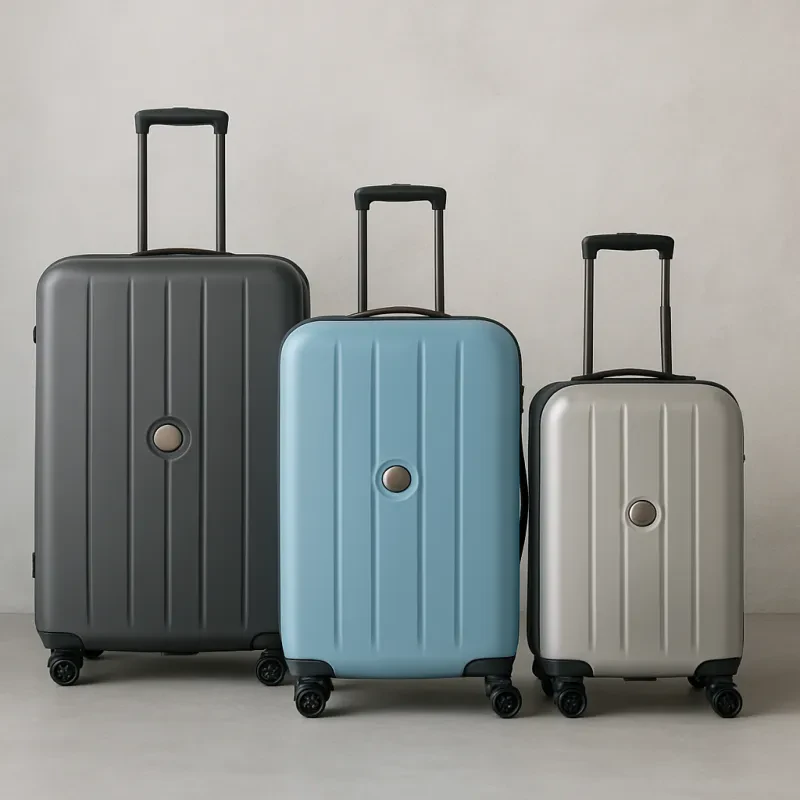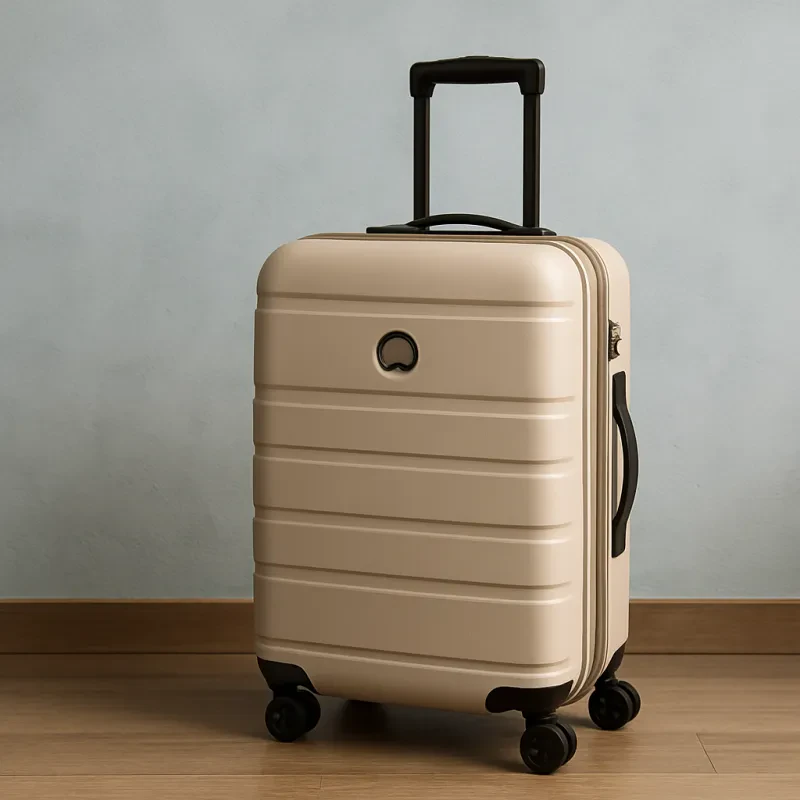In a post-pandemic world, ensuring the safety and wellbeing of travelers has become more crucial than ever. One important aspect of flight safety that has gained increased attention is pre-flight health screening. These screenings play a crucial role in preventing the spread of infectious diseases and ensuring the health and safety of both passengers and airline staff.
Before boarding a flight, passengers are often required to undergo various health screenings to check for symptoms of illness. This can include temperature checks, questionnaires about recent travel history and potential exposure to illness, as well as rapid testing for specific viruses or pathogens. While these screenings may seem inconvenient, they are a vital step in preventing the spread of diseases and protecting the health of everyone on board.
By conducting pre-flight health screenings, airlines are able to identify and isolate individuals who may be carrying infectious diseases before they board the plane. This not only helps to protect other passengers and crew members from potential exposure, but also helps to prevent the spread of illness to different destinations. In a time when global travel is so common, these screenings are a key tool in minimizing the risk of outbreaks and ensuring the safety of all travelers.
Ensuring Cleanliness and Sanitation on Airplanes
Additionally, airlines have upgraded their air filtration systems to ensure that the air circulating in the cabin is clean and free from contaminants. High-efficiency particulate air (HEPA) filters are now standard in most modern aircraft, trapping 99.97% of particles, including bacteria and viruses. This helps maintain a safer environment for passengers throughout the duration of the flight.
Passengers also play a role in maintaining cleanliness and sanitation on airplanes by practicing good hygiene habits. Washing hands regularly, using hand sanitizer, and wearing masks when required are simple yet effective ways to prevent the spread of germs. It is essential for everyone onboard to be responsible and conscientious about their actions to create a safe travel environment for all.
Implementing Social Distancing Measures at Airports
One of the most common measures airports have implemented is the placement of floor markers at check-in counters, security checkpoints, and boarding gates to indicate the appropriate distance passengers should maintain from one another. These markers serve as a visual reminder for travelers to stay six feet apart and help create a more organized flow of foot traffic throughout the airport.
Additionally, airports have also adapted their seating arrangements at gates and waiting areas to ensure that passengers are seated at a safe distance from one another. Some airports have blocked off certain seats, while others have installed plexiglass barriers between seats to provide an added layer of protection.
In order to further promote social distancing, airports have increased the frequency of cleaning and disinfecting high-touch surfaces such as handrails, elevator buttons, and restroom facilities. Passengers are also encouraged to utilize contactless payment methods and self-service options whenever possible to minimize physical contact with airport staff and fellow travelers. By collectively adhering to these measures, travelers can help prioritize the health and safety of themselves and others while navigating the airport environment.
Training Airline Staff for New Safety Protocols
In the wake of the global pandemic, airlines are implementing new safety protocols to ensure the safety and well-being of both passengers and staff. One crucial aspect of this is training airline staff on these new procedures to guarantee they are effectively implemented. Training programs are being developed to equip airline staff with the necessary knowledge and skills to handle the challenges posed by the current situation.
These training programs cover a wide range of topics, including proper hygiene practices, social distancing guidelines, and emergency procedures in case of a suspected case of illness onboard. Staff are also being educated on the importance of communicating effectively with passengers to address any concerns and provide reassurance throughout the flight. By ensuring that staff are well-trained and knowledgeable about the new safety protocols, airlines can increase passenger confidence and create a safer travel environment for everyone.
In addition to in-person training sessions, airlines are also utilizing online platforms and virtual simulations to enhance the learning experience for their staff. This allows for flexibility in training schedules and ensures that staff members can access the necessary information at their convenience. By investing in comprehensive training programs, airlines are taking proactive steps to adapt to the new normal and prioritize the safety and comfort of their passengers.


